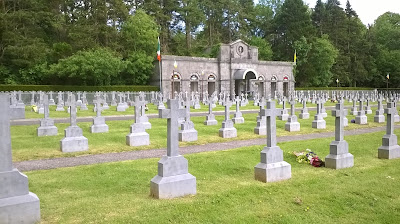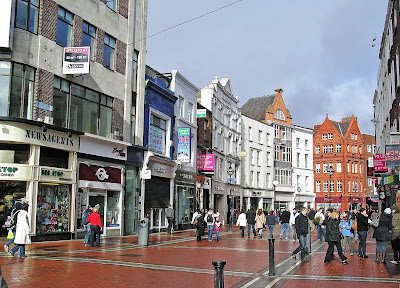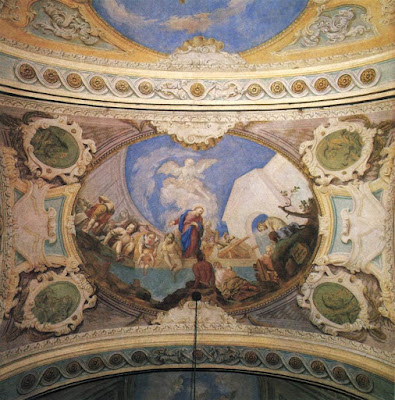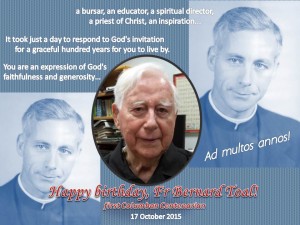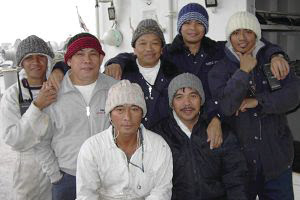From Jesus of Nazareth, Franco Zeffirelli’s TV mini-series of 1977.
Readings(New American Bible: Philippines, USA)
Readings (Jerusalem Bible: Australia, England & Wales, India [optional], Ireland, New Zealand, Pakistan, Scotland, South Africa)
Gospel Mark 10:17-30 (New Revised Standard Version – Catholic Edition, Canada)
As Jesus was setting out on a journey, a man ran up and knelt before him, and asked him, “Good Teacher, what must I do to inherit eternal life?” Jesus said to him, “Why do you call me good? No one is good but God alone. You know the commandments: ‘You shall not murder; You shall not commit adultery; You shall not steal; You shall not bear false witness; You shall not defraud; Honor your father and mother.’” He said to him, “Teacher, I have kept all these since my youth.” Jesus, looking at him, loved him and said, “You lack one thing; go, sell what you own, and give the money to the poor, and you will have treasure in heaven; then come, follow me.” When he heard this, he was shocked and went away grieving, for he had many possessions.
Then Jesus looked around and said to his disciples, “How hard it will be for those who have wealth to enter the kingdom of God!” And the disciples were perplexed at these words. But Jesus said to them again, “Children, how hard it is to enter the kingdom of God! It is easier for a camel to go through the eye of a needle than for someone who is rich to enter the kingdom of God.” They were greatly astounded and said to one another, “Then who can be saved?” Jesus looked at them and said, “For mortals it is impossible, but not for God; for God all things are possible.”
Peter began to say to him, “Look, we have left everything and followed you.” Jesus said, “Truly I tell you, there is no one who has left house or brothers or sisters or mother or father or children or fields, for my sake and for the sake of the good news, who will not receive a hundredfold now in this age—houses, brothers and sisters, mothers and children, and fields, with persecutions—and in the age to come eternal life.”
+++
This incident is also recounted in the gospels of St Matthew and St Luke. It is Matthew who tells us that the man who approached Jesus was young. Luke describes him as a ruler or aristocrat, depending on the translation. But it is only Mark who writes, Jesus, looking at him, loved him . . .

John Profumo (1915 – 2006) [Wikipedia]
During my second summer vacation after entering the seminary, the summer of 1963, the biggest story in Britain and Ireland was that of a senior member of the Conservative Party and of the British government, John Profumo.He had served with distinction in the British army in World War II, reaching the rank of Brigadier (General). He was independently wealthy. He became involved with a prostitute, Christine Keeler, who also had relations with the senior Soviet naval attaché in London. Profumo denied in parliament that he had an improper relationship with Keeler. This was later shown to be untrue. He was later forced to resign for having lied to parliament. Before resigning from all his positions he confessed to his wife, Valerie Hobson, and she stood by him.
John Profumo disappeared from public life and spent many years as a volunteer cleaning toilets in a place called Toynbee Hall, a charity in the East End of London. I do not know anything about the faith of John Profumo, whose paternal ancestors were Italian aristocrats. He had the inherited title ‘Fifth Baron Profumo’, though he didn’t use it. But Lord Longford (1905 – 2001), a Labour politician and social reform campaigner whose Catholic faith – he was a convert from Anglicanism – was the bedrock of everything he did, was quoted as saying that he, felt more admiration [for Profumo] than [for] all the men I’ve known in my lifetime’.
Unlike the man in the gospel, John Profumo had sinned. He lost his reputation but regained it as years later people came to know what he had been doing.

Blessed Charles de Foucauld (1858 – 1916) [Wikipedia]
Fr Charles de Foucauld was assassinated in the Sahara on 1 December 1916 when John Profumo was almost two. Like Profumo, he was born into wealth. Unlike the man in the gospel, he became a notorious playboy and was thrown out of the French army because of his behaviour. He went through a conversion experience at 28 and, again unlike the man in today’s gospel, gave up everything. His subsequent journey in the Catholic faith led him to the priesthood and to the Sahara to live the life of Nazareth as he understood it.
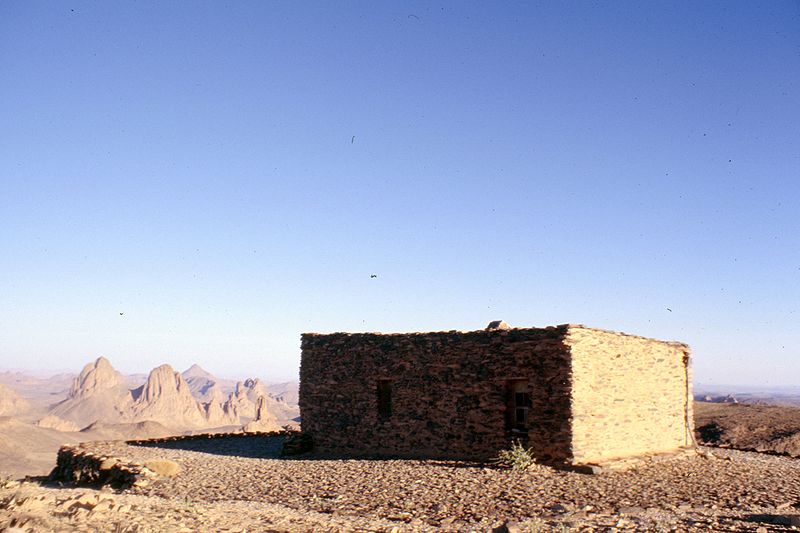
Hermitage of Blessed Charles de Foucauld in southern Algeria
Brother Charles, as he was known, died alone. He had drawn up a rule for a religious congregation to live the life of Nazareth in the desert. I think that one person joined him for a short while. But in the 1920s his life and writings led to the founding of two religious congregations, the Little Brothers of Jesus and the Little Sisters of Jesus, both of which are here in the Philippines. There are a number of other congregations that adapted the rule that Brother Charles wrote.
The Little Brothers and the Little Sisters live among the poor, support themselves by taking manual jobs. The January-February 2005 issue of Misyon carried an article, Working Sisters, in which Little Sister Goneswary Subramaniam LSJ from Sri Lanka writes about working as a sewer in a garment factory in Quezon City, Metro Manila, and Little Sister Annarita Zamboni LSJ from Italy about working as a lavandera, a laundry woman. Adoration of the Blessed Sacrament is at the heart of the life of each community of the Little Brothers, some of whom are priests, and of the Little Sisters and neighbours are invited to join.
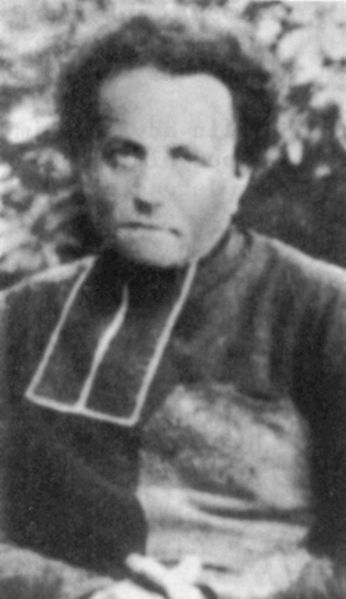
Abbé Henri Huvelin (1830 – 1910)
Blessed Charles was a diocesan priest, though definitely not a conventional one. But a more conventional diocesan priest, played a central role in his conversion, Fr Henri Huvelin.
Among the groups inspired by Blessed Charles is the Jesus Caritas Fraternity of Priests, a movement that adapts his spirituality to the lives of pastoral priests, mainly diocesan, though not exclusively. [That website has links to other branches of the De Foucauld family, including the Little Brothers and the Little Sisters.]
Peter, troubled by the words of Jesus, said, Look, we have left everything and followed you. Jesus replied, Truly I tell you, there is no one who has left house or brothers or sisters or mother or father or children or fields, for my sake and for the sake of the good news, who will not receive a hundredfold now in this age—houses, brothers and sisters, mothers and children, and fields, with persecutions—and in the age to come eternal life.
Charles de Foucauld experienced the joy of doing God’s will, with persecutions in his violent death, but the houses and brothers and sisters . . . didn’t come till some years after his death. And when Cardinal José Saraiva Martins beatified Brother Charles in Rome on 13 November 2005 the Church confirmed that he had indeed attained eternal life from the moment of his death and that he was a model of holiness who could guide us as we try to follow Jesus.
Blessed Charles saw clearly what the young man in the gospel, who didn’t sin but had no idea of the riches he was spurning, didn’t see – that Jesus was looking upon him and loved him.

1959 French stamp in honour of Charles de Foucauld [Wikipedia]
Prayer of Abandonment of Blessed Charles de Foucauld
Father,
I abandon myself into your hands;
do with me what you will.
Whatever you may do, I thank you:
I am ready for all, I accept all.
Let only your will be done in me,
and in all your creatures –
I wish no more than this, O Lord.
Into your hands I commend my soul:
I offer it to you with all the love of my heart,
for I love you, Lord, and so need to give myself,
to surrender myself into your hands without reserve,
and with boundless confidence,
for you are my Father.
This coming 19-23 October, the members of the Jesus Caritas Fraternity of Priests in the Philippines will have their annual gathering in Dumaguete City, Negros Oriental. Unfortunately, I’ll be unable to attend as I’m having a cataract removed that week. (I must confess that I have been a ‘lapsed’ member in recent years.) Please keep the members in your prayers.
A friend of mine in Cebu City, Simeon Dumdum Jr, a married man with adult children and a judge who has written a number of books of poetry and beautiful prose, had a column some time ago in the Cebu Daily News on the spirituality of Blessed Charles, Desert. It is well worth reading.
XIV Ordinary General Assembly of the Synod of Bishops on the Family
4-25 October 2015
On Saturday 3 October, at the Vigil before the opening of the ongoing Synod on the Family, Pope Francis referred to Brother Charles: Charles de Foucauld, perhaps like few others, grasped the import of the spirituality which radiates from Nazareth . . . To understand the family today, we too need to enter – like Charles de Foucauld – into the mystery of the family of Nazareth, into its quiet daily life, not unlike that of most families, with their problems and their simple joys, a life marked by serene patience amid adversity, respect for others, a humility which is freeing and which flowers in service, a life of fraternity rooted in the sense that we are all members of one body.

Holy Family (Barberini), Andrea del Sarto, c.1528
Galleria Nazionale d’Arte Antica, Rome [Web Gallery of Art]
Prayer of Pope Francis for the Synod
Jesus, Mary and Joseph,
in you we contemplate
the splendor of true love,
to you we turn with trust.
Holy Family of Nazareth,
grant that our families too
may be places of communion and prayer,
authentic schools of the Gospel
and small domestic Churches.
Holy Family of Nazareth,
may families never again
experience violence, rejection and division:
may all who have been hurt or scandalized
find ready comfort and healing.
Holy Family of Nazareth,
may the approaching Synod of Bishops
make us once more mindful
of the sacredness and inviolability of the family,
and its beauty in God’s plan.
Jesus, Mary and Joseph,
graciously hear our prayer.


